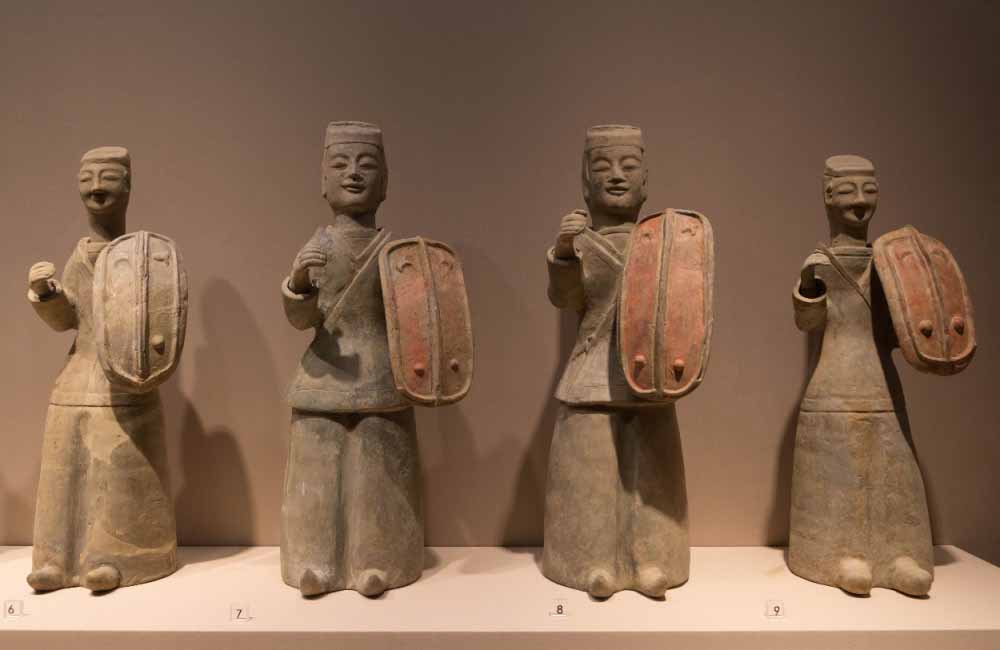People Ate Cannabis Porridge in Ancient Chinese Tang Dynasty
When it comes to cannabis, most historical roads lead back to China. A recent archeological study has again found a connection between weed and ancient cultures. In this case, it appears some ancient Chinese societies used cannabis edibles as part of their diet.
In what might be the first recorded case of using cannabis edibles, archeologists have found that people during the Chinese Tang Dynasty (which lasted from 618 to 907) made cannabis a staple of their diet.
Based on evidence found and writings from the period, researchers believe that people living in Central China put cannabis seeds into a type of porridge that was a consistent part of their daily diet, according to a study published in the peer-reviewed Agricultural Archeology.
Today in China, anyone caught in possession of cannabis could face a conviction for drug dealing that can result in a death sentence. But the study, reported on by the South China Morning Post (SCMP), found that people who lived in the heartland of China during the peak years of the Tang dynasty considered cannabis more important than rice.
Scientists Find Cannabis Evidence While Working at School
The discovery that led to information on how ancient people used weed started when construction workers on a job at a school playground in Taiyuan, Shanxi province, unearthed a tomb. Scientists were able to determine that the tomb belonged to Guo Xing, a cavalry captain under Tang emperor Li Shimin (also known as Taixzong) who likely fought in battles on the Korean peninsula.
The tomb, which apparently sat undisturbed for 1,320 years, included almost perfectly-preserved wall paintings and artifacts. The well-sealed chamber had an unusually dry interior, helping the items survive the ravages of weather and time.
One jar in the tomb held cannabis remnants, with seeds nearly twice the size of the typical cannabis plants today. However, scientists believe the cannabis was a type of sativa that originated in Asia and had less THC than modern-day weed available at your neighborhood dispensary.
Dr Jin Guiyun, a Shandong University professor and lead writer on the study, wrote that researchers found cannabis in the tomb along with grains, indicating its importance among crops at the time.
China is Where Marijuana Use Likely Began
The report on the tomb is the latest in a series of studies that have found that use of cannabis apparently traces back to ancient China.
In a study released in the summer of 2021, Chinese archeologists reported finding evidence that indicates people in central Asia 2,500 years ago used cannabis as part of a ritualistic funeral ceremony. The researchers found evidence of cannabis in 10 wooden braziers from 10 different tombs on the Pamir Plateau in northwest China.
Researchers believe that ancient Chinese people used cannabis during funeral rituals possibly to communicate with nature, spirits or deceased people, all accompanied by music. The irony is that kind of behavior could get you arrested today, and not only in China. But thousands of years ago, people found ways to use cannabis that scientists continue to uncover.




